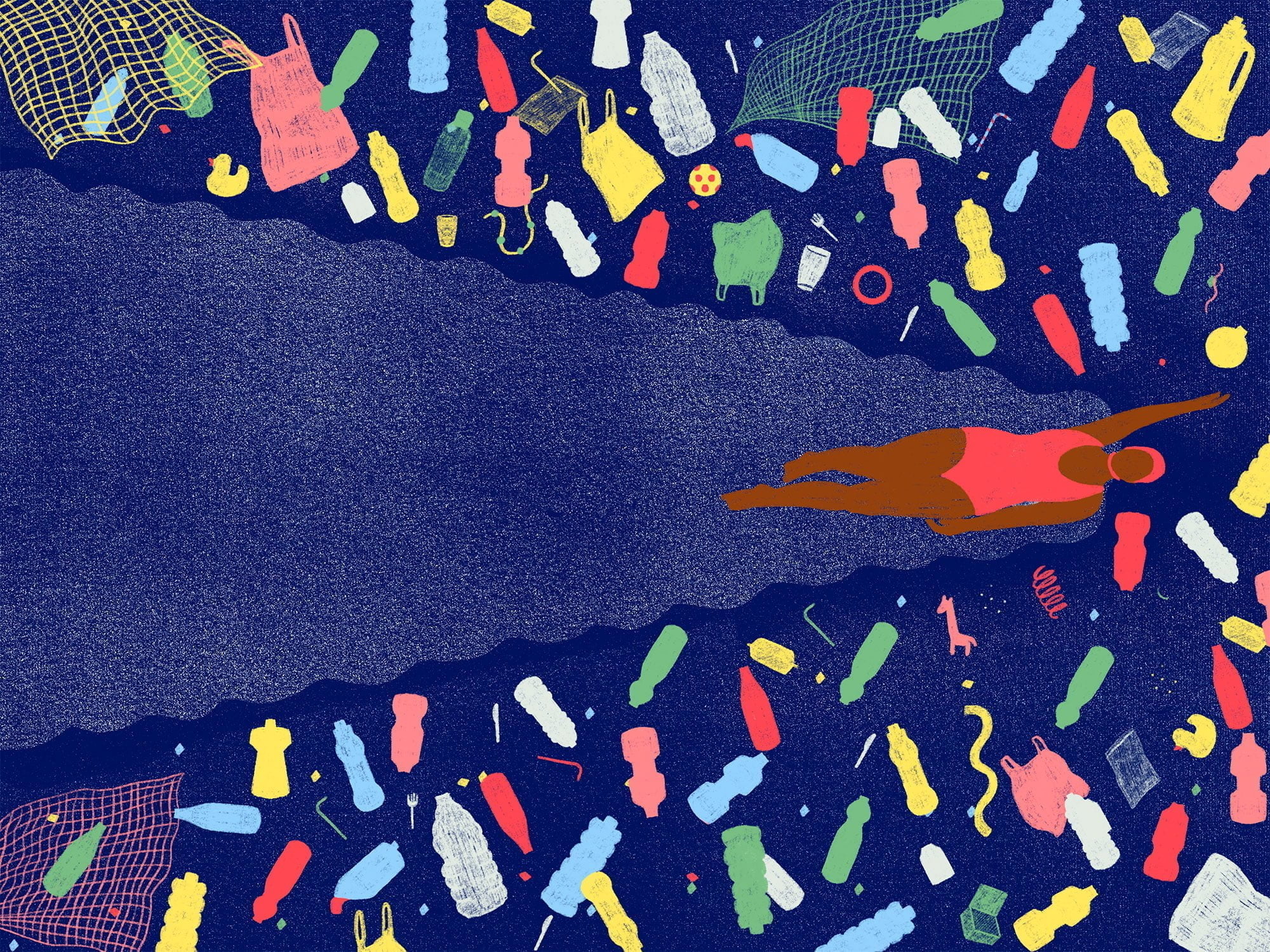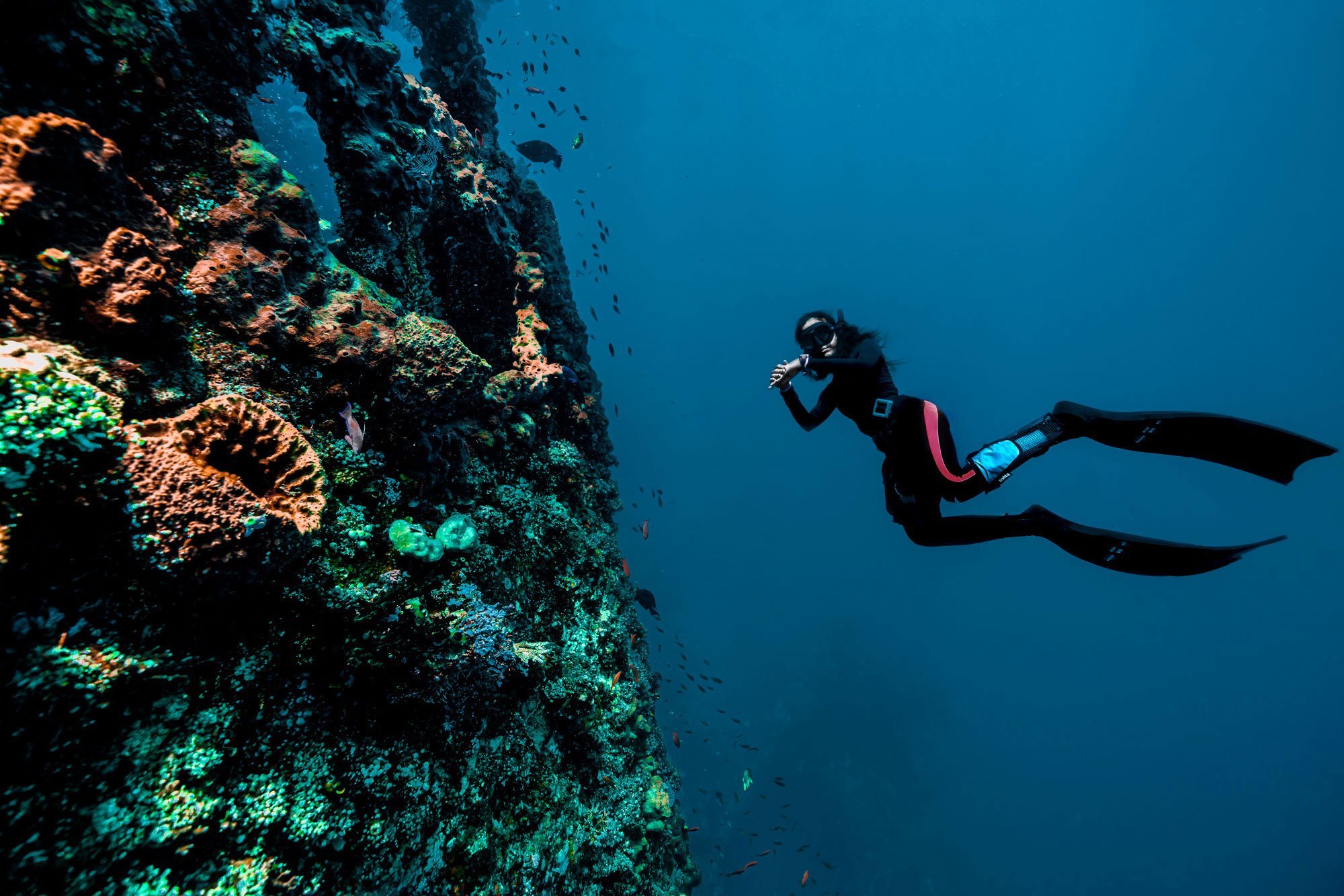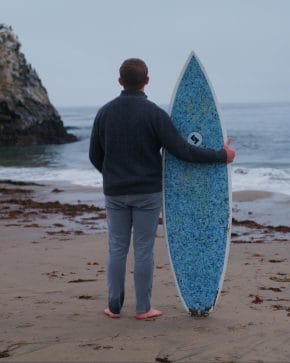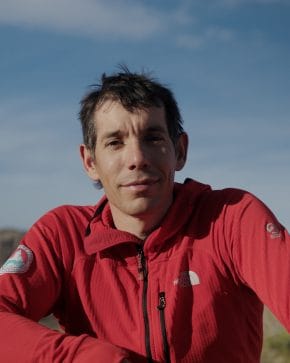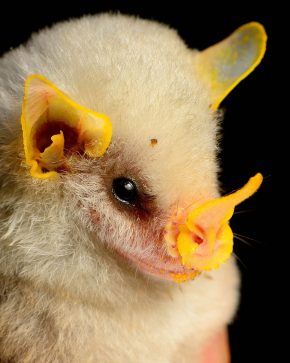Plastic is so versatile it’s hard to imagine how we ever survived without it. But it’s increasingly apparent that we can’t survive with it either – not in the volumes we’re using today. So how did we get here, and what can be done?
The first plastic bottle capable of holding a fizzy drink was patented in 1973, a date that’s so recent it’s almost difficult to believe it. This product, omnipresent today in backpacks and on desks across the world, was invented after the Beatles, the first colour television broadcast and rocketships.
There is nothing so ordinary as plastic: it is the material of everyday life, of bottles and bags and cheap jewellery – objects so ubiquitous that we barely think about their existence. But it wasn’t until the latter half of the 20th century that plastic became a regular feature in our lives. Today, it is one of the major threats to the natural world. It is found in oceans and on sidewalks, littering remote islands and busy cities.
Amid this mess, it’s easy to forget that plastic became popular for a reason: its remarkable physical properties. Before plastic, humans relied on materials like wood, bone, tin, porcelain and silver. Unlike these substances, plastic is easily moulded, durable and hygienic – and, initially, it was seen as the sustainable option: an alternative to the ivory harvested from wild elephants, the original ingredient in the manufacture of billiard balls. Concerned about the supply of this material – billiards was a hugely popular pastime in 19th-century America – one manufacturer offered a $10,000 reward to anyone who was able to create a substitute. An inventor called John Wesley Hyatt rose to the challenge; in the late 1860s, he came up with celluloid, the world’s first practical artificial plastic. It proved rather combustible however, and the billiard balls were known to explode.
“Plastic is so cheap to make, and we want so much of it, that it has become a runaway train”
Steph Borrelle
Since those early efforts, chemists have learned to engineer plastics to display different properties, such as strength, heat resistance or electrical conductivity. What they all have in common is that they are polymers. Silk, wool, DNA and proteins are all examples of polymers found in the natural world; but it is synthetic polymers that are causing problems today. The manufacturing process means that these materials aren’t recognised by the bacteria normally responsible for decomposition, and so it’s expected they will stick around in the environment for hundreds of years. Unless society reduces its plastic consumption, and deals with the waste it produces, the earth and its oceans risk turning into a plastic swamp. So far, we’ve done a bad job of rising to this challenge.
“In simple terms, plastic is so cheap to make, and we want so much of it, that it has become a runaway train and the world’s waste management systems have not been able to keep pace,” says Steph Borrelle, an expert on plastic pollution and marine coordinator for Birdlife International, a global partnership of conservation organisations.
More plastic than fish
A material that didn’t exist two centuries ago is now everywhere. Between 1950 (when the material was first manufactured at a large scale) and 2018, more than 8.3 billion tonnes of plastic were produced, with an increase of five percent every year. Output is expected to double by 2035 and almost quadruple by 2050, at which point scientists estimate there will be more plastic than fish in the ocean. At this rate of production, plastics could represent 15 percent of the global annual carbon budget, undermining efforts to tackle climate change.
But while climate change is, to some extent, an invisible problem – a shift in the composition of the atmosphere – plastic pollution is unignorable. Step through your front door right now, and you will almost certainly witness some small example: an overflowing bin, a bottle in the gutter, a disposable mask caught in a shrub. Indeed, almost 80 percent of all the plastic ever produced has been discarded, lingering on in landfills or elsewhere in the environment; only 9 percent of the plastic waste generated between 1950 and 2015 was recycled. Human irresponsibility is harming the animals with which we share the land and oceans. “There is a litany of impacts on ecosystems and wildlife, from suffocation, entanglement, and ingestion,” says Borrelle.
Scientists estimate that around 11 percent of the plastic waste generated in 2016 ended up in aquatic ecosystems. But that’s not always the end of the journey: while plastics won’t decompose, UV radiation and waves will break them down into microplastics; tiny fragments measuring less than five milimetres across. Sometimes they are created intentionally, like the glitter you wear to a party or the microbeads in your face wash.
Did you know?
- At least 100,000 creatures die per year from plastic entanglement.
- 90% of children’s toys on the market are made of plastic.
- A trillion single-use plastic bags are used every year.
- In 1993, Denmark became the first country to introduce a tax on plastic bags.
- 80% of Kenyans have stopped using plastic bags since the government introduced a ban.
These fragments are everywhere: in the ocean, in the soil, and in our bodies. In 2018, Greenpeace scientists went on an expedition to Antarctica, one of the world’s most pristine and untouched habitats, only to discover that seven out of eight of their seawater samples contained microplastics. They are so omnipresent that researchers have even suggested that microplastics could be used to mark the start of a new geological epoch known as the Anthropocene – a permanent signal in the fossil record, marking the moment that humans became the dominant force on earth.
“In humans we know that microplastics are found in organs – for example, the placenta”
Susanne Brander
There’s some evidence that these microplastics are harming us, too. Currently, the impacts of microplastics on human health are less well-known than their impacts on the environment, although research on other mammals has already thrown up some worrying potential impacts on the microbiome and even reproduction; a 2021 study found that pregnant rats can pass microplastic particles into the hearts and brains of their foetuses, affecting their ability to put on weight before birth. “In humans we do know that microplastics are found in organs – for example, the placenta, intestinal lining, lungs – and stool samples. Our highest exposure is likely from the air,” says Susanne Brander, assistant professor at Oregon State University and an expert on toxicology and ecology.
Waste woes
Plastic pollution is not just a blight on the environment: it is also a social justice issue.
Responsibility for the plastics problem is distributed unequally across the globe. In 2010, China, the US and Germany produced the largest amount of plastic waste in absolute terms. Even so, that is only half the story: plastic pollution is mostly a problem of mismanaged waste, where rubbish is disposed of in dumps or uncontrolled landfills, and therefore leaks into the surrounding environment, rivers and oceans.
“A suite of actions will be required rather than one single solution”
Sarah Baulch
High-income counties, including most of Europe, tend to dispose of their waste effectively and securely, while in low- to middle-income countries the volume of mismanaged waste can be high, leading to widespread pollution. But rich countries have historically used poorer nations as a dumping ground for the waste that they do not want to handle domestically, some of which is contaminated and therefore difficult to recycle – a practice that countries like China have been increasingly clamping down on.
It’s a complex problem and it will require a complex solution: we will have to rethink, as a society, how we produce, use and dispose of plastics. “A suite of actions will be required rather than one single solution,” says Sarah Baulch, programme associate with the Pew Trust’s Preventing Ocean Plastic campaign.
Innovating our way out
Uniting 1,000 organisations, the New Plastics Economy has been exploring how to create a circular economy for plastics. Initiated by the Ellen MacArthur Foundation in the UK, it is based on three principles: that we should eliminate the plastics we don’t need; innovate so that the plastics we do produce are reusable, recyclable or compostable; and that all plastic items should circulate within the economy. In October 2018, the New Plastics Economy and the UN Environment Programme launched the Global Commitment, designed to realise this vision by uniting governments, NGOs, universities, industry associations and investors around a common cause. Some businesses have also stepped up to the challenge; for instance, the cosmetics company Lush has opened plastic-free packaging stores in Manchester, Milan and Berlin.

Some of the most inspiring action has been at the hands of individuals and community groups, whose hard work have helped to put a dent in the plastic problem – and whose ingenuity and creativity is showing that we can change our ways. Universities around the world are learning how to monitor litter from space. Artists are creating new ways to imagine the scale of the problem. Scientists are experimenting with fungi capable of breaking down plastics.
Community efforts are taking place across the world. Amsterdam has a fleet of boats manned by people who fish plastic out the water, while, in Mumbai, architects have designed a system to capture plastic waste before it flows into the sea. “Plastics are really destroying the environment,” says Debi Goenka, founder of the Conservation Action Trust, an Indian NGO which is working with Mumbai’s fishing communities on this project. Their work, he adds, is making a difference, with other people adopting a similar approach to protecting their seas: “The message is spreading.”

We can use plastic to make pretty much anything, and we do
Still, there is a long way to go when it comes to reducing plastic use: a recent report found that UK supermarkets sold around 2.5 billion plastic water bottles in 2019 – that’s almost 40 bottles per person in the country, in a single year. Existing government and industry commitments would only reduce projected plastic waste flows to the ocean in 2040 by 7%, according to Pew’s Baulch: “Much greater ambition is needed – and soon”.
And it’s important to consider the trade-offs. Plastic has obvious problems, but it still offers some advantages compared to the alternatives – just as when it was introduced to replace ivory almost two centuries ago. For instance, one organic cotton bag has the same carbon footprint as 149 plastic bags.
For a century and a half, plastics have acted as a miracle material, luring us in with their longevity and resilience. But these qualities have become a curse. For too long, humans have treated the planet as a dustbin: it’s time to clean up our act.
Take action!
- Join the #breakfreefromplastic movement today. Since its launch in 2016, more than 11,000 organisations and individual supporters from across the world have joined the movement to demand massive reductions in single-use plastics.

